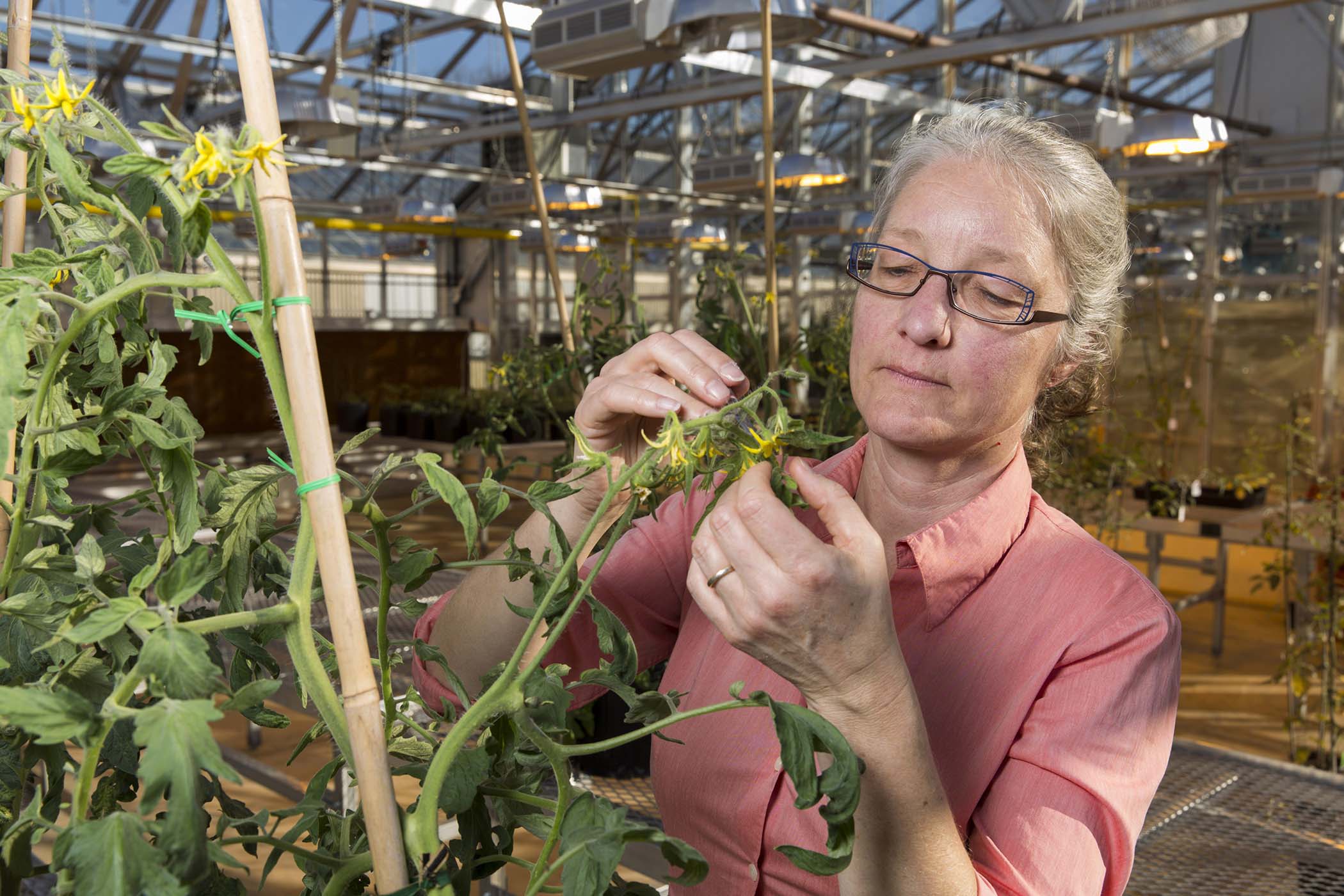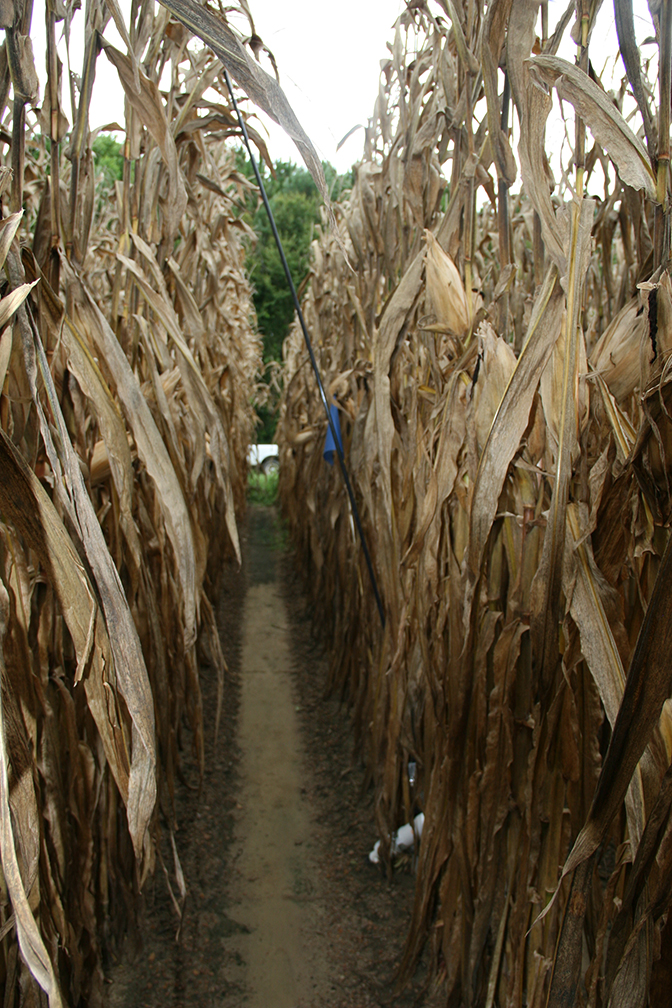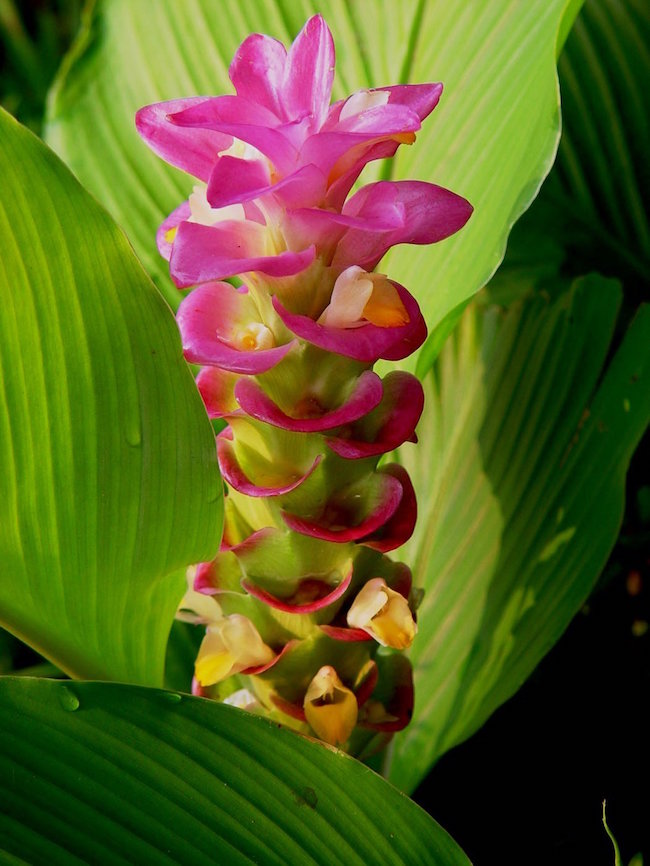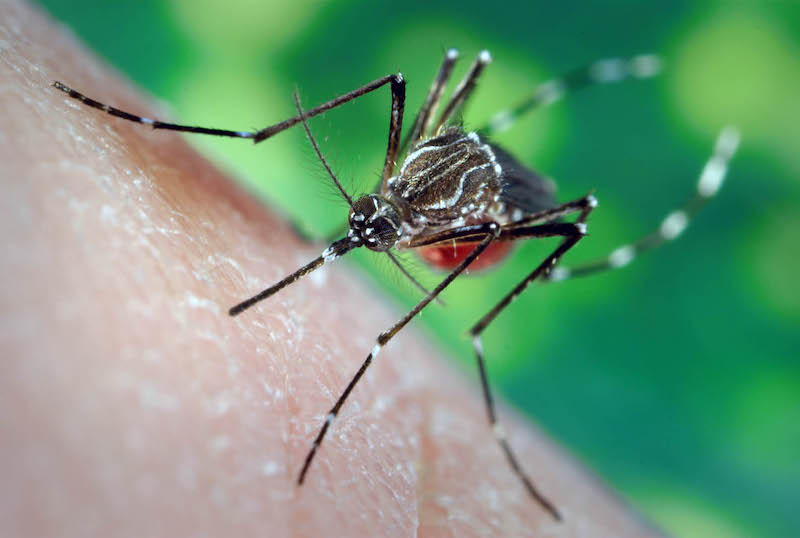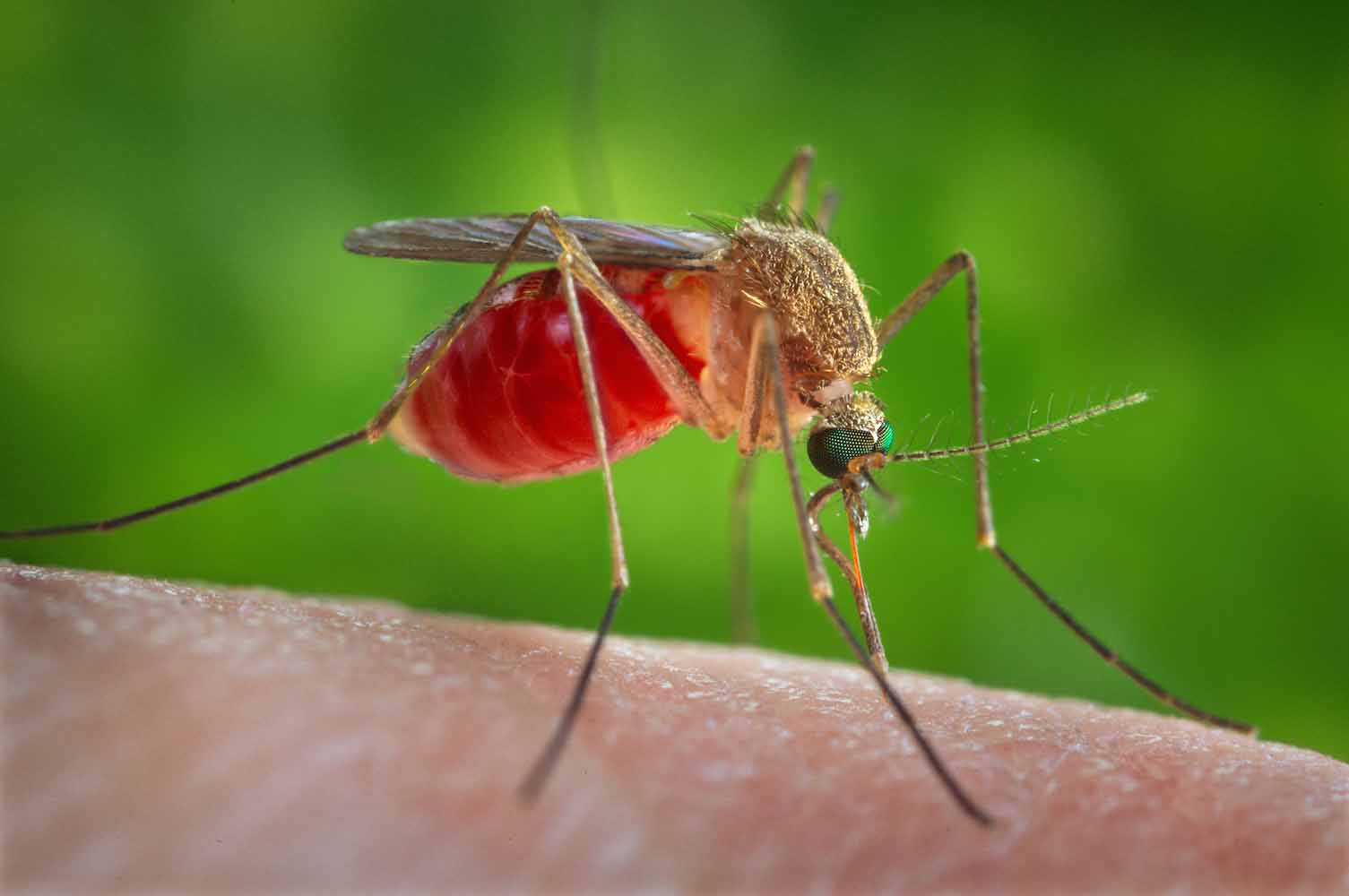 CAES News
CAES News
Soil Festival
Great soil is the foundation of any good backyard vegetable patch or community garden, but it’s hard to know how your soil is shaping up without a soil test.


